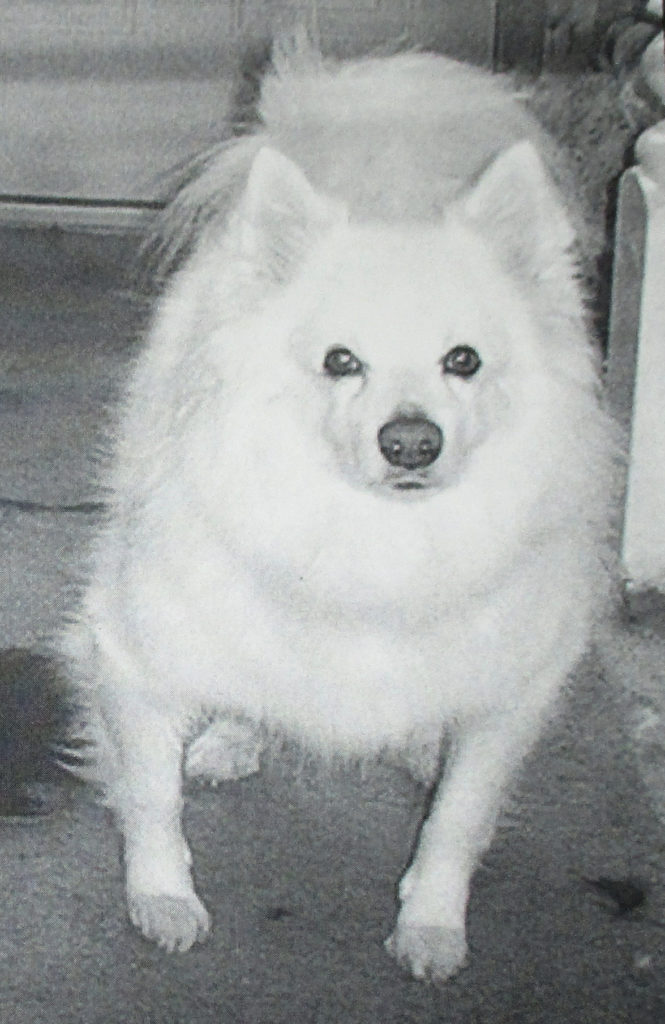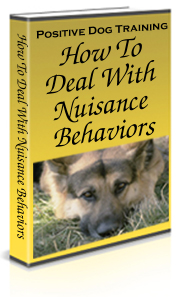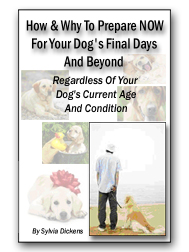What to do with a fearful dog?
Fear can come from many things, so knowing how to take care of a dog with this problem can be a challenge.
Is your dog afraid of one particular thing or situation? Is he just fearful of everything?
One problem you have to watch for in fearful dogs is that they can become fear aggressive. This usually means that they are more apt to bite people or other pets. If fear is allowed to go unaddressed, fear aggression is a high possibility.
What can you do?
One of the first things is to reassure your dog in that situation. Do not cuddle him, however, or this will signal to him that he has something to worry about. You want to make the situation less important. You do that by introducing him to it gradually.
Let’s suppose your dog is afraid of people. This is common in dogs that have not been socialized at an early age. Your job, then, is to socialize him. Keeping him from people is the worst approach.
One technique that is very successful is to get down to his level first. Perhaps sit on the floor or a step. It’s best if this is someone outside the immediate family. Have the person sit with his back to the dog. It will help if your dog cannot escape far.
This will take some patience as you wait for your dog to get curious. He should eventually come up to the person and sniff him.
How I resolved an adoptee’s fear aggression
I discovered how to take care of a dog that I adopted who was fearful and becoming aggressive.
While I was attempting to adopt this dog, he kept barking and barking. For two hours, he continued this behavior while hiding under the dining room table. It was pointless trying to coax him out or even talk to him. As soon as I did, he increased his barking frenzy and backing out into the kitchen.
The next day, I returned to try again. The same thing happened, only he wasn’t barking quite as much. He refused to let me get any closer than about 10 feet.
In resignation, I decided there was no way I could adopt a dog that was so fearful. As I sat with my hand on the floor, talking to the owners, I was surprised to feel a wet nose on my hand. I turned my head slowly and there was the dog, sniffing and giving my hand a small lick once or twice.
From there on, we were able to get him into his collar and out to my car. It was a long road to bring him out of his fear aggressive state, but the majority of his behavior subsided. In his case, it seemed it would never go away completely. No doubt because he had been abused two owners back.
Here’s how to take care of a dog with fear-aggression
If your dog is fear-aggressive, don’t give up.
- Be patient. You need to give your dog time to get comfortable enough to investigate. Once that happens, he’s on his way.
- Reassure him. Repeatedly use a calming voice and repeat, “Relax”. I can quickly get my dogs to relax whenever necessary after I teach them that word. But you must relax yourself while using it. Let calm take over you and your voice. Whisper. it works great!
- Introduce him to the fearful situation slowly and in his own time. Do not force him
- Never raise your voice or your hand to a fearful dog as it will make him worse.
- Praise him often with your voice, a stroke, and/or a treat. Do this whenever he demonstrates less fear in a situation that triggers it.
- Become his friend. Play with him. Let other people play with him (under your supervision).
That’s how to take care of a dog that is fearful.
If you want more dog care tips and advice, subscribe to Dog Talk Weekly, my free ezine. I provide useful information and my personal dog stories, as well as dog trivia and more. You can sign up here. As I said, it’s free.




